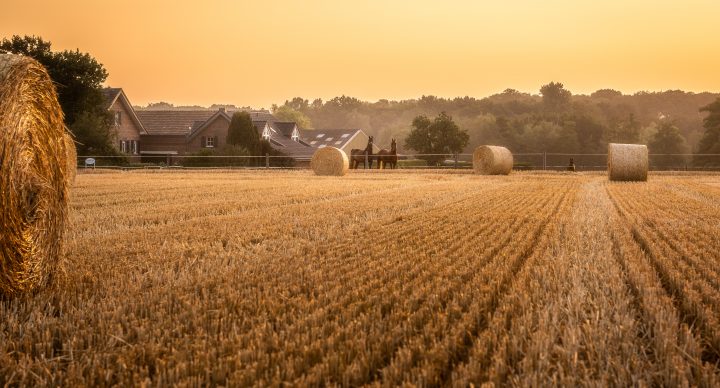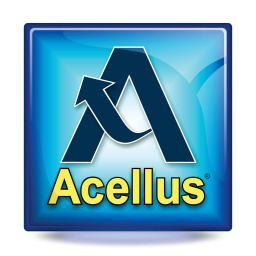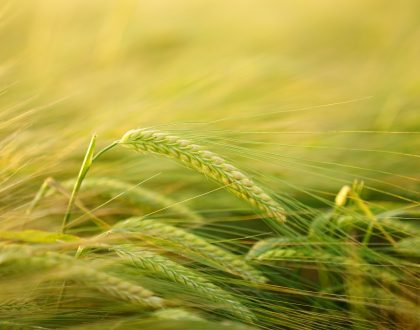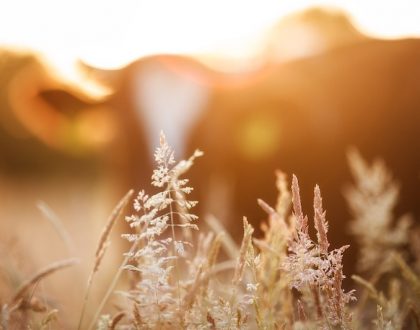Principles of Agriculture

Course Features
Course Details
Course Overview
The Acellus Principles of Agriculture course provides a broad overview of the largest industry in the United States, the field of agriculture. From the clothing we wear and the food we eat to the vehicles we drive and the devices we use to communicate, agriculture is involved in some way in providing us with the necessities and conveniences of modern life.
In the Principles of Agriculture course, students begin by discussing what agriculture is and the careers that exist in this all-encompassing field. They begin the main body of the course by exploring animal science, including the production of beef, horses, swine, sheep/goats, and poultry, including their nutrition, digestion, and reproduction.
Students investigate the industry of plant production, including the parts of plants and their life cycles and processes, and their propagation. They study environmental effects on plants and the relationship between plants and soil. They discuss crop production and specifically examine corn and soybeans.
They learn about the FFA organization, its history, structure, traditions, and programs, as well as traits of leadership, parliamentary procedure, and public speaking. Finally, students take a thorough tour through a wood and metal shop, learning what tools are found there, how they work, and what they are for. They explore basic shop safety and the steps of shop projects, and they delve into arc welding, MIG welding, and the oxy-acetylene process.
The Acellus Principles of Agriculture course is taught by Acellus Instructor Callie Dobbins.
Sample Lesson - What is Agriculture?
 This course was developed by the International Academy of Science.
Learn More
This course was developed by the International Academy of Science.
Learn More
Scope and Sequence
Unit 1: Careers in Agriculture Students begin the Principles of Agriculture course by learning the scope of this vast industry. They also explore the many careers in agriculture that are available. Unit 2: Livestock Production Following the broad look at the agriculture industry in Unit 1, the course now focuses on livestock production. Students learn the importance and significance of the livestock industries in the US and learn to classify breeds of livestock. They compare and contrast the hierarchical classification of the major agricultural animal species and learn to identify the major breeds for each species, including beef, swine, sheep/goats, horses, and poultry. Unit 3: Nutrition and Health Continuing their study of livestock production, students explore the different animal digestive systems and determine how to establish feed rations that meet the nutrition and health needs of livestock. They compare and contrast types of digestive systems, including monogastric, ruminant, pseudo-ruminant, and avian systems. They explore how animals feed and the role that feed plays. They compare and contrast common types of feedstuffs and the roles they play in the diets of animals, including water, carbs, lipids, proteins, minerals, and vitamins. Unit 4: Reproduction Going further in the study of livestock production, the next area of study is reproduction, which begins with a study of male and female reproductive parts and functions. Students also discuss the phases of reproductive development, the basics of reproduction, and common breeding systems. Unit 5: Plant Science Turning now to plant science, students investigate the use of plants and the plant industry. They explore types of plants and learn the nomenclature used to classify plants, as well as to identify flower parts and functions, plant life cycles, monocots, and dicots. They study the plant processes photosynthesis, respiration, and transpiration, and they analyze the environmental effects on plant growth of light intensity, light duration, air, water, and temperature. Unit 6: Plant Propagation Next students examine plant propagation. They begin with the sexual methods of propagation, including pollination, the parts of seeds, and germination. They also explore a description of asexual methods of plant propagation and study separation, as well as dividing and layering. They further discuss using cuttings. Unit 7: Soils In this unit students investigate the components of soil and the relationship between plants and soil. They study soil use, the formation of soil and its parent material, soil texture, and soil profiles. Unit 8: Crops Producing crops, an important area of agriculture, is the next area students explore. They consider the factors that affect which crops are grown and the impacts crop production has on the US and the world. They learn the requirements for establishing a crop stand. They investigate harvesting and storing grain, the types of corn and their uses, and the parts of a mature soybean plant. Unit 9: Pests Students explore what pests are and the impact they have on crop yields. They also learn to determine which method of pest control would be best for their operation. They study identifying and describing types of pests. They compare and contrast the types of insect life cycles. They gain understanding of the importance of entomolgy by describing the roles insects play in our world. They compare and contrast methods used in integrated pest management to control pest problems. Unit 10: Leadership In this unit, students explore the National FFA organization and understand the opportunities that exist to develop themselves as leaders and receive awards within the organization. They identify FFA, SAE, and classroom instruction as an intra-curricular part of the Agricultural Education Program. They learn how, when and why the National FFA organization was founded. They investigate the FFA organization structure, as well as its mission, strategies, colors, and motto. They discover the FFA creed and discuss what it means. They examine the four FFA degree areas, the characteristics of a good FFA leader, and proper dress for all FFA members. They consider the purpose of the program of activities (POA), and the traits of effective leaders. They study meetings, including how to plan a meeting and develop an order of business, how to set up a meeting room, the premise behind parliamentary procedure, and the differences among the types of motions used in parliamentary procedure in a meeting. They analyze speaking, including the steps involved in writing a speech and effective speaking techniques. Finally, they contemplate finding a job, including developing a system to look for job opportunities and evaluating job openings, the kinds of information they will be asked for on a job application, and tips for making a good impression in a job interview. Unit 11: SAE's As they study Supervised Agricultural Experiences (SAE's), Students explore different SAE opportunities that exist and discuss options for developing their own projects. They identify and explore examples of different types of SAE programs, including entrepreneurship, placement, exploratory, and research/experimentation. They investigate record keeping, including common forms and records to be kept, as well as the importance of analyzing the records kept and management decisions made based on these records. Students identify FFA proficiency award areas, and learn to write goals that meet the SMART goals requirements of the FFA. Unit 12: Shop Students explore how to identify and use hand and power tools to build projects. They learn to recognize hazards in the agricultural shop and to select appropriate protective equipment for each task. They identify common woodworking and/or metal working tools. They develop skills for working with wood and/or metal, including measurement and layout, butting, smoothing and shaping, fastening, and using common power tools. They identify and interpret units of measurement and different views of a construction drawing. They discuss painting or protecting their projects with coatings. Unit 13: Welding With an emphasis on safety, students distinguish welding processes, positions, and materials preparation. They examine safety procedures that must be followed when welding. They discuss the techniques needed to successfully strike an arc, as well as striking an arc and welding a bead using the arc welder and provided electrode. They identify safe and unsafe shop practices in regards to welding. Next, they describe the advantages and limitations of MIG welding and study the techniques and the steps used to weld a bead using the MIG welder. They also explore the different careers associated with the welding industry and the methods of training involved. Unit 14: Oxy-Acetylene Torch In this unit, students gain understanding of how oxygen and acetylene are used to cut and weld metal, as well as the requirements for safe use of the torch. They explore the fundamentals of using oxy-acetylene torches and learn to identify the parts of the oxy-acetylene unit and other tools that they will use. They investigate the safety precautions that are necessary when using the oxy-acetylene units. They study the start up and shut down procedures and how to cut metal using the oxy-acetylene torch.
This course does not have any sections.





